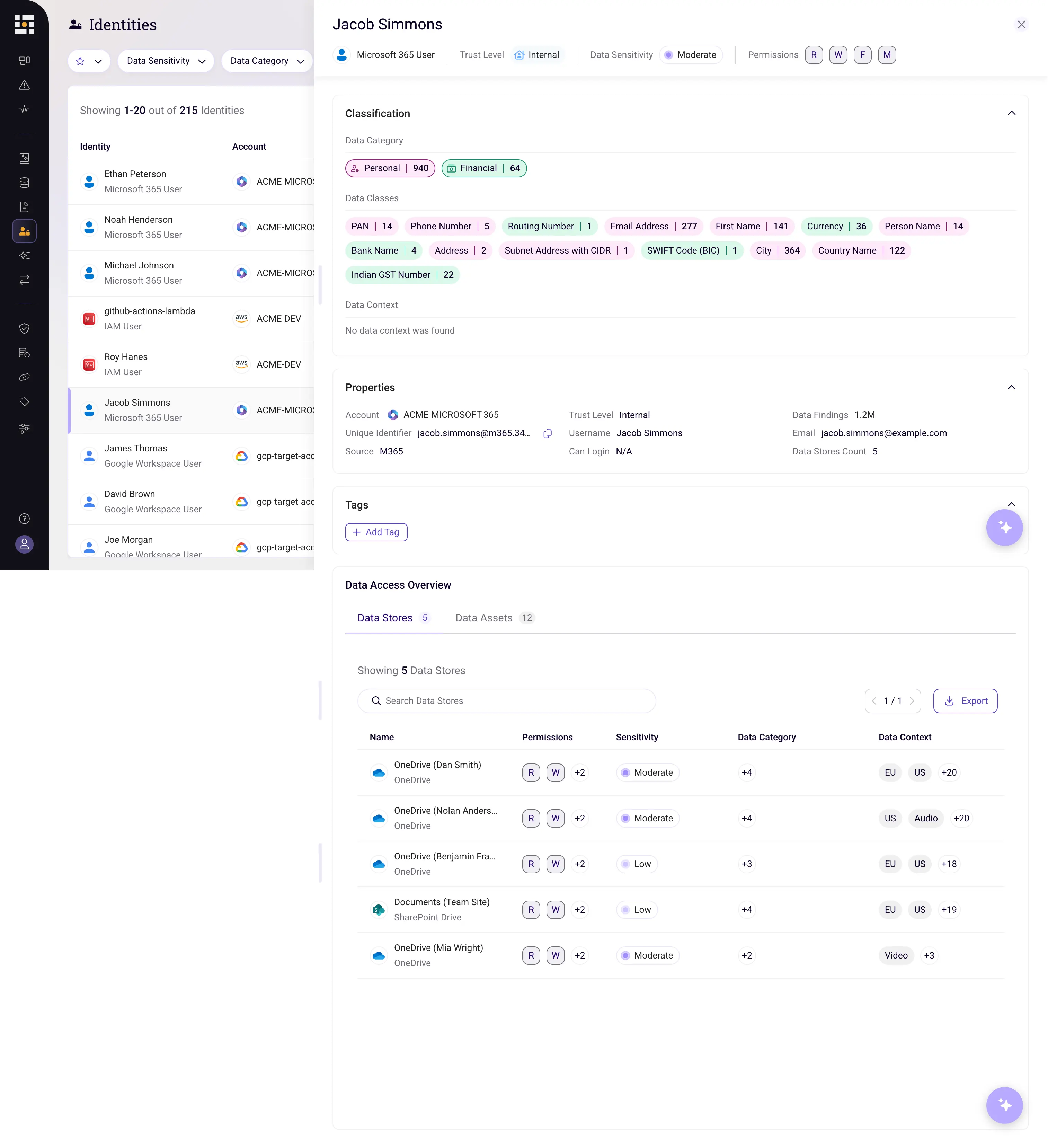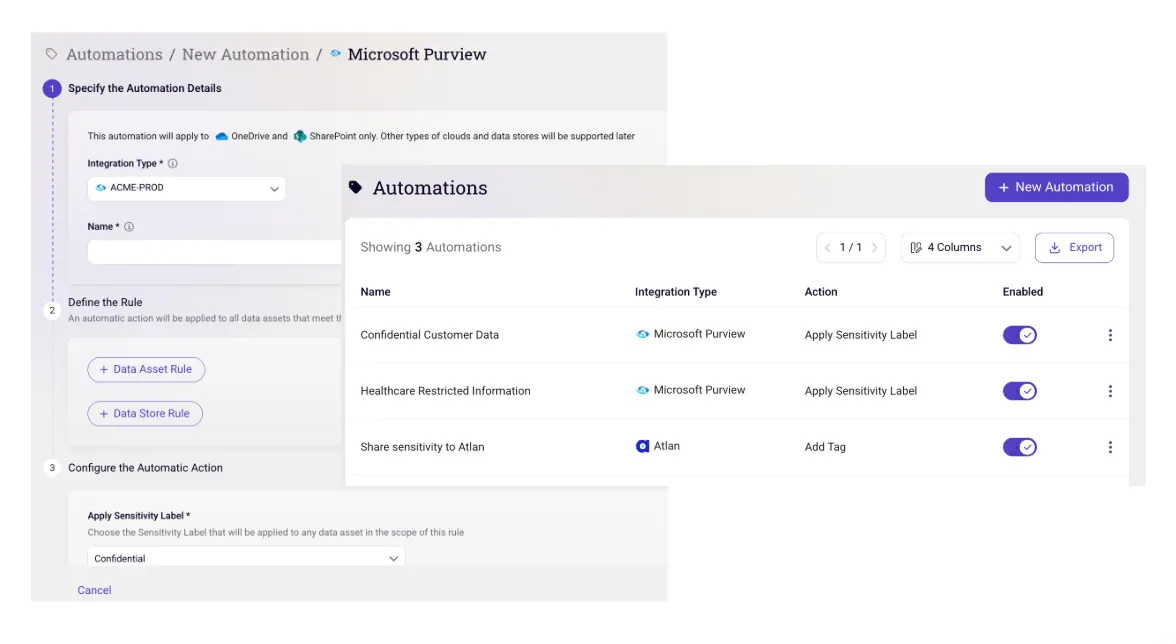Understanding the Value of DSPM in Today’s Cloud Ecosystem
As businesses accelerate their digital growth, the complexity of securing sensitive data in the cloud is growing just as fast. Data moves quickly and threats are evolving even faster; keeping cloud environments secure has become one of the biggest challenges for security teams today.
In The Hacker News’ webinar, Benny Bloch, CISO at Global-e, and David Stuart, Senior Director of Product Marketing at Sentra, discuss the challenges and solutions associated with Data Security Posture Management (DSPM) and how it's reshaping the way organizations approach data protection in the cloud.
The Shift from Traditional IT Environments to the Cloud
Benny highlights how the move from traditional IT environments to the cloud has dramatically changed the security landscape.
"In the past, we knew the boundaries of our systems. We controlled the servers, firewalls, and databases," Benny explains. However, in the cloud, these boundaries no longer exist. Data is now stored on third-party servers, integrated with SaaS solutions, and constantly moved and copied by data scientists and developers. This interconnectedness creates security challenges, as it becomes difficult to control where data resides and how it is accessed. This transition has led many CISOs to feel a loss of control.
As Benny points out, "When using a SaaS solution, the question becomes, is this part of your organization or not? And where do you draw the line in terms of responsibility and accountability?"
The Role of DSPM in Regaining Control
To address this challenge, organizations are turning to DSPM solutions. While Cloud Security Posture Management (CSPM) tools focus on identifying infrastructure misconfigurations and vulnerabilities, they don’t account for the movement and exposure of data across environments. DSPM, on the other hand, is designed to monitor sensitive data itself, regardless of where it resides in the cloud.
David Stuart emphasizes this difference: "CSPM focuses on your infrastructure. It’s great for monitoring cloud configurations, but DSPM tracks the movement and exposure of sensitive data. It ensures that security protections follow the data, wherever it goes."
For Benny, adopting a DSPM solution has been crucial in regaining a sense of control over data security. "Our primary goal is to protect data," he says. "While we have tools to monitor our infrastructure, it’s the data that we care most about. DSPM allows us to see where data moves, how it’s controlled, and where potential exposures lie."
Enhancing the Security Stack with DSPM
One of the biggest advantages of DSPM is its ability to complement existing security tools. For example, Benny points out that DSPM helps him make more informed decisions about where to prioritize resources. "I’m willing to take more risks in environments that don’t hold significant data. If a server has a vulnerability but isn’t connected to sensitive data, I know I have time to patch it."
By using DSPM, organizations can optimize their security stack, ensuring that data remains protected even as it moves across different environments. This level of visibility enables CISOs to focus on the most critical threats while mitigating risks to sensitive data.
A Smooth Integration with Minimal Disruption
Implementing new security tools can be a challenge, but Benny notes that the integration of Sentra’s DSPM solution was one of the smoothest experiences his team has had. "Sentra’s solution is non-intrusive. You provide account details, install a sentinel in your VPC, and you start seeing insights right away," he explains. Unlike other tools that require complex integrations, DSPM offers a connector-less architecture that reduces the need for ongoing maintenance and reconfiguration. This ease of deployment allows security teams to focus on monitoring and securing data, rather than dealing with the technical challenges of integration.
The Future of Data Security with Sentra’s DSPM
As organizations continue to rely on cloud-based services, the need for comprehensive data security solutions will only grow. DSPM is emerging as a critical component of the security stack, offering the visibility and control that CISOs need to protect their most valuable assets: data.
By integrating DSPM with other security tools like CSPM, organizations can ensure that their cloud environments remain secure, even as data moves across borders and infrastructures. As Benny concludes, "You need an ecosystem of tools that complement each other. DSPM gives you the visibility you need to make informed decisions and protect your data, no matter where it resides."
This shift towards data-centric protection is the future of AI-era security, helping organizations stay ahead of threats and maintain control over their ever-expanding digital environments.
Want to learn more about DSPM? Request a demo today!










.webp)

.webp)

.webp)
